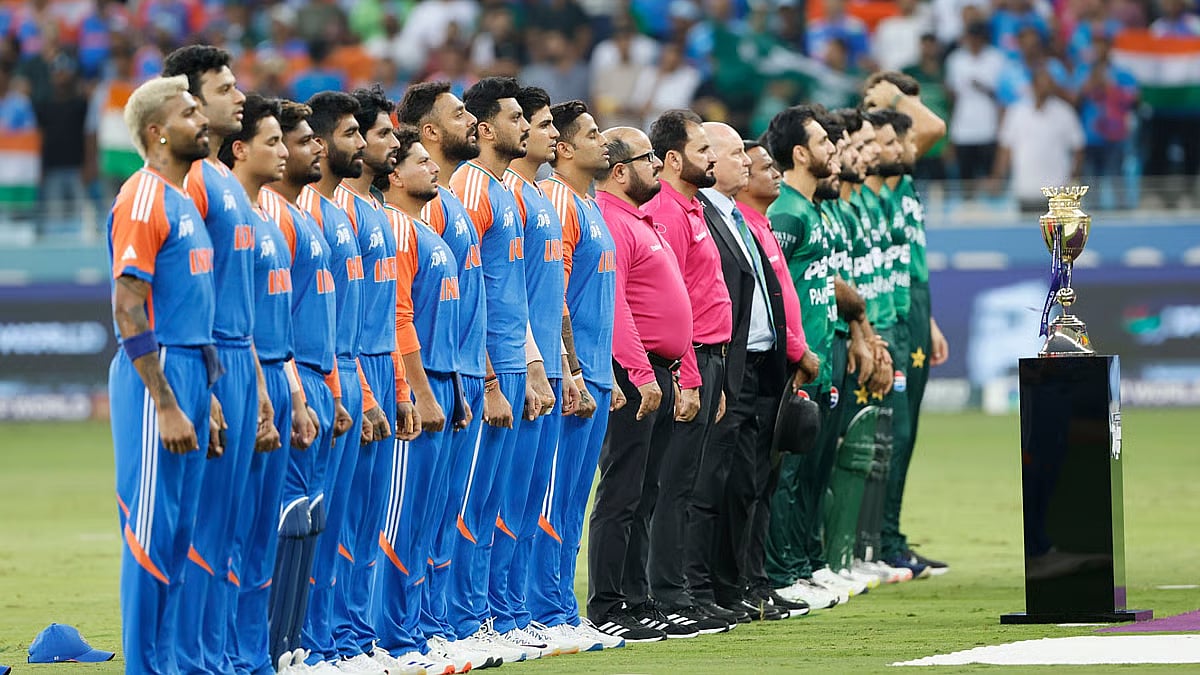The Supreme Court’s summons to the senior-most health officials of 28 states and union territories to be present in court on November 20 with show cause affidavits for their failure to implement its orders of August 19 and inviting contempt is a deserved reprimand.
Exercised over their casual approach to the issue of framing standards for Intensive Care Units (ICU) and Critical Care Units (CCU) in all hospitals, Justices Ahsanuddin Amanullah and N. Kotiswar Singh ordered the officials to submit a report of compliance too.
Evidently, the bureaucracy in states ranging from Maharashtra to West Bengal did not work with the medical community to frame and enforce rigorous standards for healthcare institutions, ignoring the plight of the average citizen in terms of facilities, costs, and medical outcomes. The top court took up the matter after a petition was filed in 2016 on medical negligence and wanted care standards codified for different grades of ICUs and CCUs.
While the Union government undertook the standard-setting exercise in 2023, most states and UTs dropped the ball. An initiative to set standards for ICUs was taken as early as 2008 by the Indian Society of Critical Care Medicine (ISCCM) with a focus on outcomes, infections, communication, human resources, and safety.
The objective was to create a national database and help make comparisons at national and international levels. Other professional medical organisations, too, have outlined ICU quality standards, which should make it easier to draft a code.
Benchmarking ICU and CCU facilities is vitally important for India, given the uneven health infrastructure present in smaller towns and rural areas. Together with ambulances that meet mobile intensive care standards, this infrastructure makes a life-and-death difference in treating victims of road traffic crashes, train accidents, fires, industrial disasters, weather catastrophes, and other serious mishaps.
Raising total quality in district hospitals, for instance, could reduce the ghastly annual road traffic accident mortality of about 1.8 lakh people; nearly half of the deaths are on national highways in some states with weak healthcare infrastructure. This notorious record on road safety should be viewed against the absence of Level 1 trauma care centres in 10 states as a whole.
Close scrutiny and regulation of costs and uniformity in the code for various grades of ICU/CCUs can, therefore, help improve prospects for patients and lead to better training and adequate staffing. It has been empirically established in the United States, for instance, that standardisation of a single procedure, the insertion of a central line in ICU patients, using a medical checklist, reduced infections to zero.
Moreover, scrutinising both cost and care in the health system is imperative because many facilities are expanding with investments from private equity players. The SC’s order should be viewed as an opportunity to raise standards.










